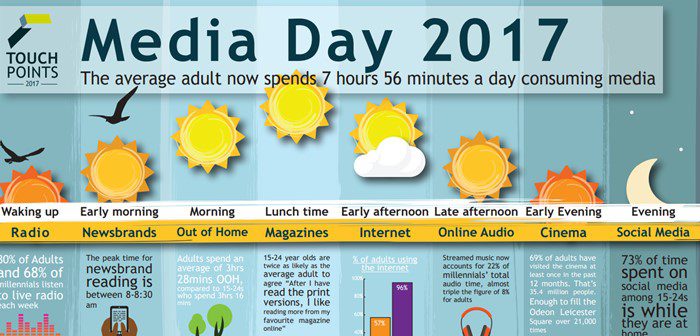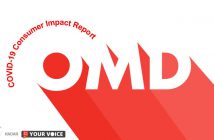Two weeks ago the IPA released their 2017 edition of the annual TouchPoints survey, in which a representative sample of respondents record their activities at every waking moment, providing the ad industry with a potential goldmine for media, consumer and behavioural insight. For anyone who works in AV planning, TouchPoints is particularly useful in understanding how people consume video and the nuances that emerge across different demographics (particularly when finding reliable data on certain platforms is tricky).
“24% of adults use either Amazon Prime Video or Netflix each week, this number increases to 50% when applied to 16-24s” (Source: IPA TouchPoints 2017)
So how do we use TouchPoints data in a practical way? The E-Telmar MediaPlanner+ tool translates TouchPoints respondents’ media diaries into the language of reach and frequency, enabling us to analyse how different media channels work alongside each other. This allows us to better manage frequency across platforms by defining the optimal channel mix to maximise reach. Optimising to reach and frequency is at the centre of a lot of work the XMP department at OMD UK do, particularly in relation to advertisers for whom those metrics are fundamental to business performance.
Improved VOD data
Up until recently, TouchPoints has imported ComScore data which reports VOD as viewed on a PC or laptop. Recently, however, the IPA took the positive step of incorporating VOD data viewed via a TV set or mobile device, giving us a much more holistic view of the performance of 19 different VOD platforms. Given the increased penetration of mobile and smart TVs, the inclusion of this additional data means MediaPlanner+ retains its position a highly valuable video planning resource.
Standardised reporting
There are of course limits to what MediaPlanner+ can do. We know, for example, that individual VOD suppliers build reach in different ways, across different timescales. There are also questions, being asked by agencies and advertisers alike, surrounding the respective quality of an ‘impression’ or ‘view’ on different sites, in comparison to the BARB gold standard of a TV impact. Balancing these issues, and also factoring in frequency capping, programmatic buying across multiple publishers, the highly complex network of DMPs, DSPs, and walled gardens, means that best-practise video planning becomes a process of multiple data inputs, requiring rigour at every stage.
But with VOD consumption on the rise, and with younger audiences spending more and more time with on-demand video content, the importance of having an industry-standard dataset (and tools which can interpret and simplify) is key to ensuring that all future plans are truly reflective of audience behaviours and that each channel is measurable from a regulated, and comparable, base. BARB’s Project Dovetail is an admirable attempt in relation to specifically Broadcaster VOD, but it isn’t quite there yet for advertisers, and their recent rejection of YouTube’s bid to join the panel is a blow to an industry that seeks reliable and standardised reporting across the board.
Whether it is in the interest of the VOD suppliers to standardise their reporting in the same way as TV is a different question entirely. However, with the current momentum behind transparency and fairness, it is surely a development that cannot be ignored for too much longer.




